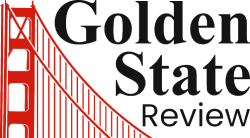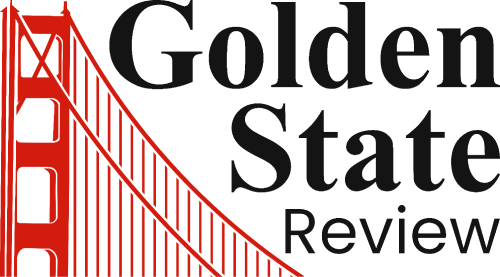Proposition D: Transformative Changes in San Francisco Government
Proposition D, scheduled for the upcoming November ballot, represents a potential major shift in San Francisco’s governance. Described by experts as the most significant change in the city’s political structure in 20 years, the proposition proposes to limit the number of city commissions to 65 and intends to enhance the authority of the mayor and the police chief.
Key Changes Explained
If enacted, Proposition D would disband important oversight bodies, including those responsible for public health and library governance. This raises concerns regarding accountability, particularly regarding the police commission, which plays a crucial role in regulating officers’ conduct.
Funding and Support
Backed by the public advocacy group TogetherSF, Proposition D has garnered considerable financial support, raising approximately $7.8 million as of mid-September. This funding constitutes a significant portion of the $37 million allocated for the November elections, making it the most financially intensive campaign this cycle.
TogetherSF’s financial backing primarily comes from a single donor, billionaire venture capitalist Michael Moritz, who is also the founder of the San Francisco Standard. According to a leaked internal strategy document, Moritz’s influence is pivotal, having contributed an estimated $6 million since the organization’s inception in 2020, with further pledges bringing his total support to approximately $17 million.
Community Engagement and Future Plans
Kanishka Cheng, CEO of TogetherSF, confirmed the authenticity of the aforementioned document, highlighting its strategic framework that outlines the group’s ambitions over the next four years. The presentation includes plans for additional ballot measures aimed at reforming nonprofit contracting and introducing at-large supervisor elections.
TogetherSF aims to foster a robust community movement, tackling perceived government inefficiencies and advocating for substantial reforms. Their agenda seeks to galvanize civic engagement through events that enhance public participation in politics.
Political Aspirations
As the organization positions itself for the elections, it has endorsed candidates in various districts, focusing on ousting progressive incumbents. The group’s 2024 endorsements include:
- Mark Farrell for mayor
- Marjan Philhour in District 1
- Danny Sauter in District 3
- Bilal Mahmood in District 5
- Matt Boschetto in District 7
- Trevor Chandler in District 9
- Michael Lai in District 11
The document also highlights that TogetherSF intends to build its membership from 65,000 to 300,000 by 2028, emphasizing community engagement through social initiatives like clean-up drives and community gatherings.
The Financial Landscape and Influencer Dynamics
The financial disclosures suggest TogetherSF operates with considerable monetary backing, significantly influenced by major donors who remain anonymous. Moritz’s contributions represent over half of the total funds raised by a collective of pressure groups aimed at reshaping San Francisco’s political landscape.
Critics argue that the concentration of wealth behind these initiatives could drown out grassroots efforts, simplifying complex issues to align with the financial interests of a select few. Nonetheless, the intent to restructure governance reflects a growing frustration among constituents regarding municipal efficiency.
Shifting Governance Paradigms
Historically, San Francisco’s political landscape has been marked by struggles between various interests. TogetherSF is positioned not just to back candidates but to initiate structural reforms that would empower the mayor’s office significantly. Their vision includes adjustments designed to enhance executive powers while limiting the Board of Supervisors’ oversight capabilities.
DeLeon, a political science professor, notes that while such movements are not unprecedented, the scale and funding behind them signify a shift towards a governance model favoring centralized executive control. This approach is presented as a means to achieve efficiency, potentially sacrificing the checks and balances that exist within the current system.
Conclusion
As November approaches, the implications of Proposition D, coupled with the strategic maneuvers of TogetherSF, illustrate the complexity of San Francisco’s evolving political scene. The balance between reform and accountability remains a critical concern for residents as they navigate the ongoing debates surrounding governance and civic engagement.



